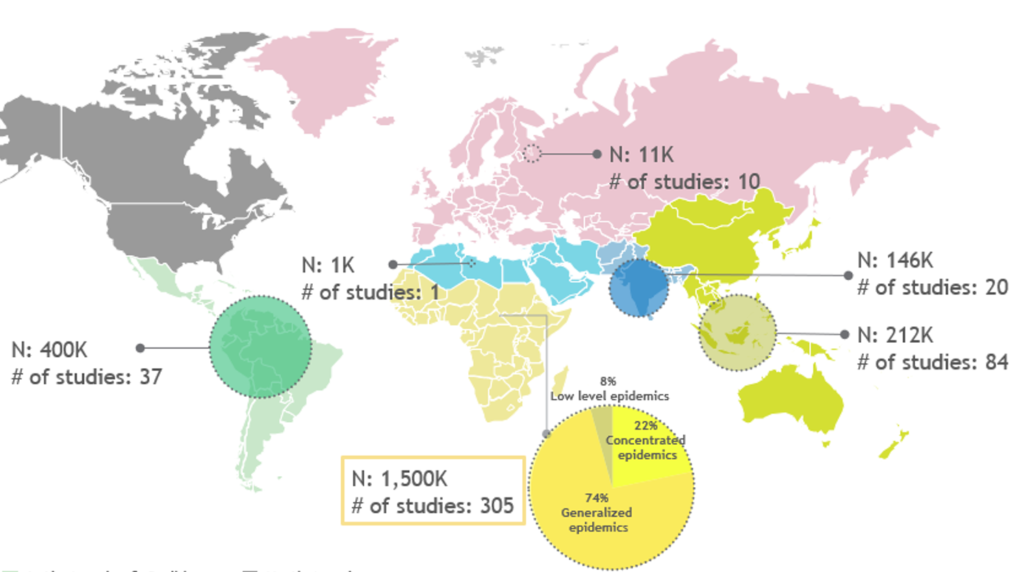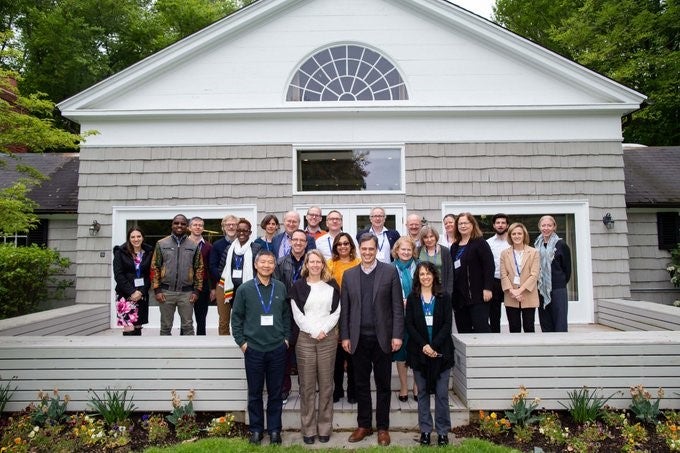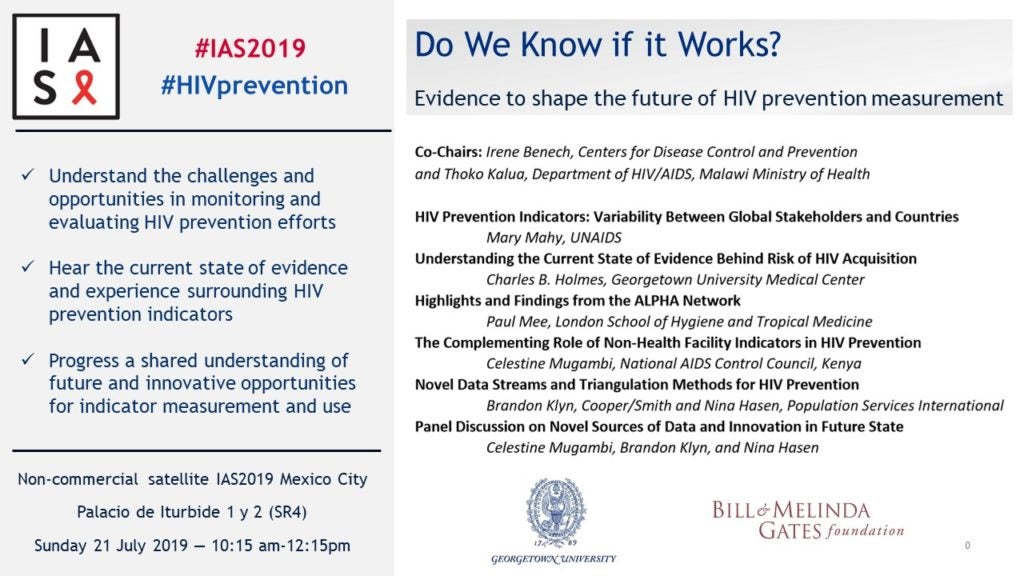Improving Public Health Decision Making
Public health decision making often takes place with imperfect information due to gaps in information systems, data sources, and evidence-based indicators. The Center for Innovation in Global Health is committed to improving information for health decision making in order to support countries in making more efficient resource allocation decisions and drive programs toward greater impact.
The Research
Better Information for Health
The purpose of the Better Information for Health in Zambia (BetterInfo) study was to assess how the large proportion of patients who fall out of HIV programs, considered “lost to follow up”, effect the understanding of progress made towards the UNAIDS 90-90-90 targets. With estimated rates of loss to follow-up in the 30% range across global HIV programs, the potential impact of these losses is substantial.
The BetterInfo study was conducted in 64 facilities among 165,464 patients across 4 provinces in Zambia during the 24-month period. The work was used by the PEPFAR program in their development of a new approach to improve the monitoring of mortality throughout individuals on treatment in the program.
“Survival represents the single most important indicator of successful HIV treatment.”
Holmes et. al.
From publication: Estimated mortality on HIV treatment among active patients and patients lost to follow-up in 4 provinces of Zambia: Findings from a multistage sampling-based survey.
Improving the Measurement of HIV Prevention Programs
Greater alignment of measurement priorities and approaches of national and global stakeholders in HIV prevention is needed to reach prevention goals and ultimately achieve the end of the HIV epidemic. CIGH undertook a number of studies to add clarity to the measurement of HV prevention programs and drive prevention programs toward greater impact.

The first study reviewed factors most strongly associated with HIV acquisition in order to identify the most at risk populations and target prevention efforts.
Another study assessed the degree of variability among primary prevention indicators across 21 National Strategic Plans (NSP) for HIV and five global Measurement and Evaluation documents from the Global Fund, PEPFAR, UNAIDS, Prevention Coalition and WHO.
The study found that 56% of NSP prevention indicators did not appear in any global stakeholder document, only 34% of unique national indicators were shared between two or more countries, and 42% of global prevention indicators did not appear in any surveyed NSP.
Events
Banbury
The May 2019 meeting at the Banbury Center of Cold Spring Harbor Laboratories was co-chaired by Dr. Holmes, Dr. Nduku Kilonzo, the CEO of the Kenyan National Aids Control Council, and Dr. Mary Mahy, Epidemiology Team Lead at UNAIDS. Twenty-five participants spent three days learning from each other and discussing new approaches to improving the measurement of HIV prevention programs.


International AIDS Conference, Mexico City
The results of the HIV prevention measurement studies were presented at the 2019 International AIDS Society Meeting in a session titled “Do We Know if it Works? Evidence to shape the future of HIV prevention measurement“. The session was sponsored by Georgetown University and the Bill & Melinda Gates Foundation and was co-chaired by Dr. Thoko Kalua, deputy director of the Department of HIV/AIDS in Malawi’s Ministry of Health, and Dr. Irene Benech, branch chief for HIV prevention in the U.S. Centers for Disease Control and Prevention.
Resources
Publications on the BetterInfo Study
- Holmes, et al. Estimated mortality on HIV treatment among active patients and patients lost to follow-up in 4 provinces of Zambia: Findings from a multistage sampling-based survey. PLoS Med.
- Sikazwe, et al. Retention and viral suppression in a cohort of HIV patients on antiretroviral therapy in Zambia: Regionally representative estimates using a multistage-sampling-based approach. PLoS Med.
